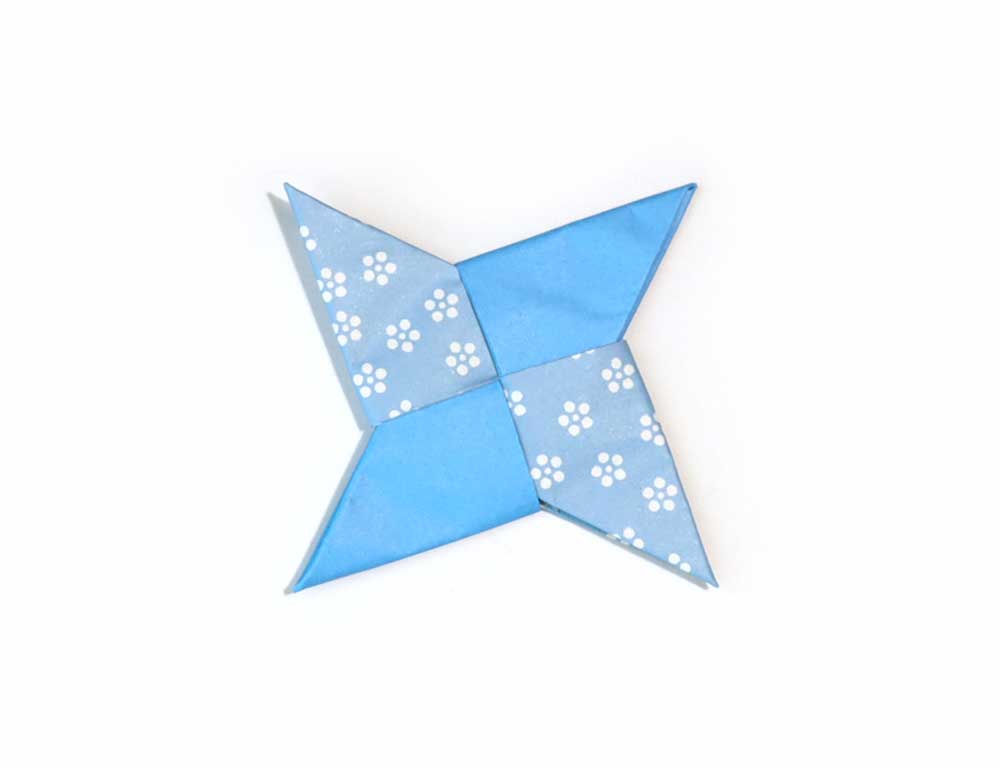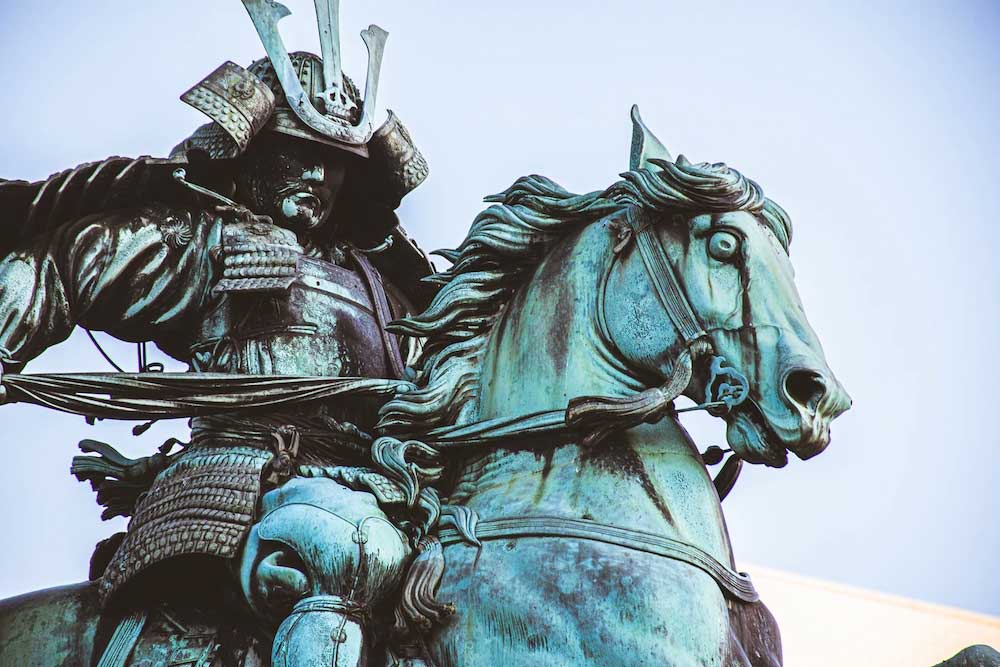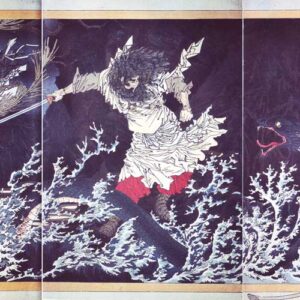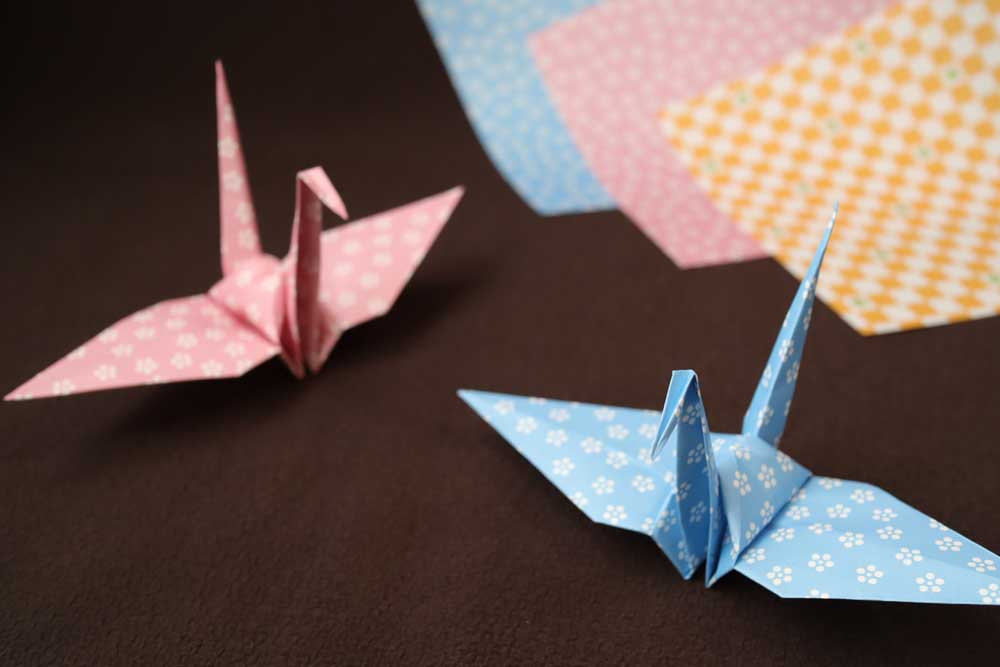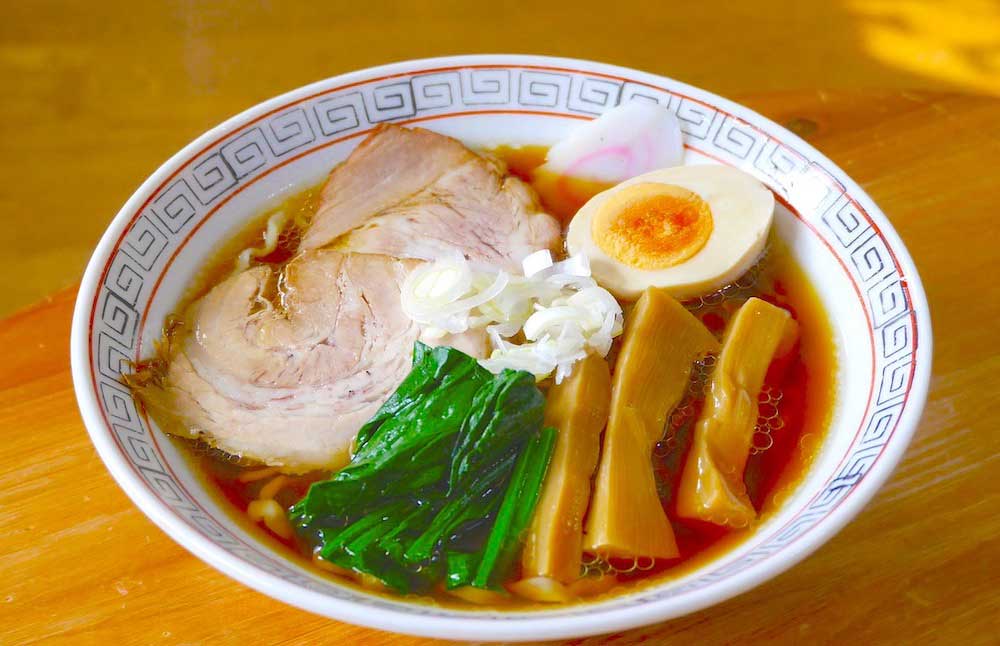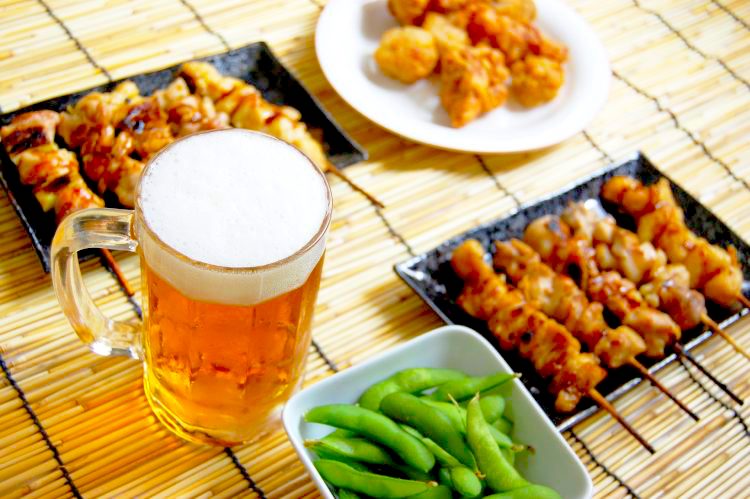
もはや英語となって久しい日本の「Ninja」。
忍者は、「日本らしさ」に「並外れた身体能力」「謎に包まれた諜報員」というイメージが相まって、海外では不動の人気を誇っています。
今回は、忍者の簡単な説明のほか、忍者が使っていたとされる武器や道具、折り紙での手裏剣の作り方などの英語表現をご紹介して行きます。
ご興味のある方は、当サイトで 英語クイズ(5000問) を出題しておりますので是非ご覧ください。
目次
忍者の簡単な説明
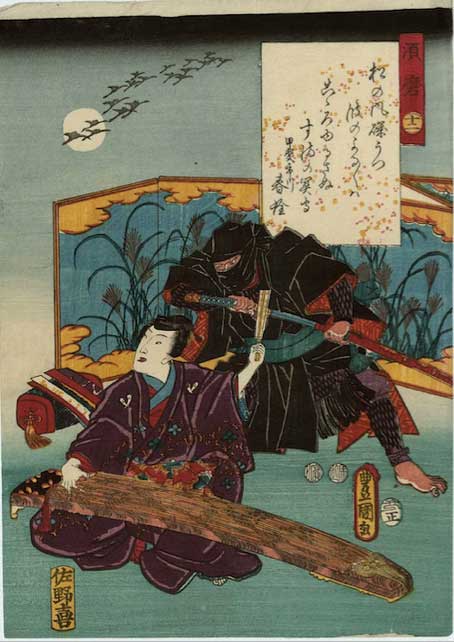
忍者は、日本の室町時代頃から江戸時代にかけて、大名に抱えられて諜報活動を行っていたといわれる秘密工作員で、特に甲賀・伊賀の忍者組織が有名です。
現代の黒装束を身に付けた忍者のイメージは、江戸時代後期の歌舞伎や浮世絵などにおいて形成されたようです。
インターネットの発達した現代では、ひと昔前のように「今も日本には忍者がいる」と信じている外国人はほとんどいませんが、スタイリッシュでかっこいいと大人気です。
・スパイ活動をする:conduct/commit espionage
・暗殺:assassination
・大名・藩主:feudal lord
・忍術:ninja martial arts
・戦国時代:the age/period of civil war
・兵力、武力:military force, force of arms, strength of an army など
・逃げる:escape, flee, run away など
・変装する:disguise oneself
・仕掛け:trick
・罠:trap
A ninja, or shinobi was a secret agent in pre-modern Japan.
(忍者は、近代以前の日本における諜報員でした。)
A ninja was an old-time agent who served for the daimyo (feudal lord) during periods of civil war and whose mission included committing espionage or taking on an assassination.
(忍者とは、戦国時代に大名に仕えた工作員で、その任務は諜報活動や暗殺を行うことでした。)
Ninjas were engaged in espionage activities during the Sengoku period.
(忍者たちは戦国時代に諜報活動に従事していました。)
Ninjas were secret agents who were trained to use special techniques called “ninjutsu.”
(忍者は、忍術と呼ばれる特別な技術を使うために訓練された諜報員です。)
Ninjas were engaged in intelligence activities and assassinations and was hired by feudal lords as a kind of secret agent during the period of the Civil War.
(忍者は戦国時代に秘密工作員の一種として藩主に雇われた諜報活動や暗殺に従事していました。)
They were professional groups of people who trained in order to work as secret agents or assassins for hire.
(彼らは諜報員や暗殺者として働くために訓練されたプロ集団でした。)
In feudal Japan, ninjas were secret agents employed to perform espionage and missions.
(封建時代の日本では、忍者はスパイ活動や任務を遂行するために雇われた秘密の工作員でした。)
Ninjas were people provided with special skills in the art of war and flourished in the Sengoku period.
(忍者は兵法の特別な技術を備えた人たちで、戦国時代に活躍しました。)
Ninja were responsible for assassinating enemy leaders and spying on the enemy’s military force and war tactics.
(忍者は敵のリーダーを暗殺したり、秘かに敵の兵力や戦術を調べたりする役割を担っていました。)
There used to be more than 70 schools of ninjas, including the famous Iga and Koga.
(有名な伊賀や古賀を含む、70以上の忍者の流派がありました。)
There are no ninjas in today’s Japan.
(現在の日本では忍者の姿を見ることは出来ません。)
Nowadays, there are no ninjas or samurais in Japan.
(現在、日本に忍者や侍はいません。)
忍術 / Ninja marcial arts
忍者が使っていたといわれている技術は色々あります。
- 変装の術:disguising technique
- 火遁の術:escaping detection by lighting a fire
- 水遁の術:hiding under water
- 木遁の術:hiding among the trees
- 土遁の術:hiding and escaping under the ground
- 水蜘蛛:water spider
Ninja conduct espionage by using ninjutsu (ninja martial arts).
(忍者は、忍術を使ってスパイ活動をします。)
To execute their missions, ninjas sneaked into castles, disguised themselves, and escaped by deceiving the enemy’s eyes.
(任務を遂行するために、忍者は城に忍び込んだり、変装したり、敵の目を欺いて逃げたりしました。)
Specifically, ninjutsu included climbing walls, walking on and submerging into water, walking silently, and disappearing suddenly.
(忍術を具体的に言いますと、壁をよじ登る、水上を歩く、水中に潜る、音を立てずに歩く、一瞬で姿を消す、などです。)
In ninjutsu, there are tricks such as “katon no jutsu,” where gunpowder is used to lay a smoke screen upon fleeing, and “henso jutsu,” where the ninja disguises himself as a merchant or a mountain priest.
(忍術には、火薬で煙幕を張って逃げる「火遁の術」や、商人や山伏に姿を変える「変装の術」などがあります。)
忍者の武器と道具 / Weapons and tools
- くろろ鉤/鍵(kurorokagi):tool for unlocking doors
- 鎖鎌(kusarigama)・忍鎌(ningama):sickle with a chain
- まきびし/撒菱(makibishi)・鉄びし(tetsubishi):(spiked) caltrop
- 手裏剣(shuriken):throwing knife/star
- 鉤縄(kaginawa):climbing hook
- くない/苦無(kunai):throwing blade
まきびし / 撒菱 / Makibishi
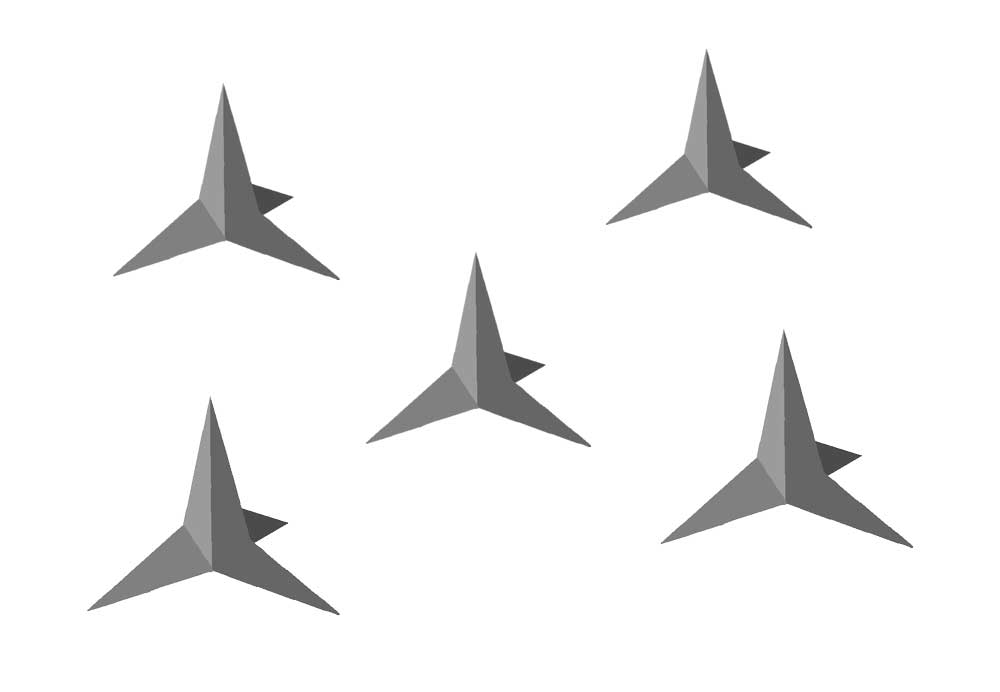
sharp-pointed weapon scattered on the ground
(床に撒く先が尖った武器)
“Makibishi” is a sharp-spiked weapon, that is scattered on the ground to escape from pursuers when running away.
(まきびしとは、追っ手から逃げる時に地面に撒く鋭いトゲの武器です。)
Makibishi is a metal weapon with sharp spikes that is used to slow down or stop enemies.
(まきびしとは、敵を減速または足止めするために使用される、鋭いトゲを備えた金属の武器です。)
Makibishi/Tetsubishi is a weapon made up of four or more spines/spikes arranged in such a manner that one of them always points upward from a stable base like a tetrahedron.
(まきびしとは、4つ以上のトゲで構成された武器で、水平な場所では四面体のように常にひとつの突起が上を向くようになっています。)
Scatter makibishi on the ground to injure the feet of the pursuers during an escape.
(逃げる時にまきびしを地面に撒くと、追っ手の足にケガを負わせることが出来ます。)
Scatter makibishi on an escape route in front of their enemies to inflict damage and reduce the movement speed of those who step on them.
(逃げる途中、まきびしを敵の前にばら撒き、それらを踏ませることでダメージを与えて速度を落とさせます。)
It could penetrate the straw sandals (waraji) that were commonly worn in feudal Japan when makibishi was dropped on the ground or planted in advance.
(まきびしを地面に落としたり事前に埋めておくことで、封建時代の日本で一般的に履かれていた草鞋を貫通させることが出来ました。)
手裏剣 / Shuriken
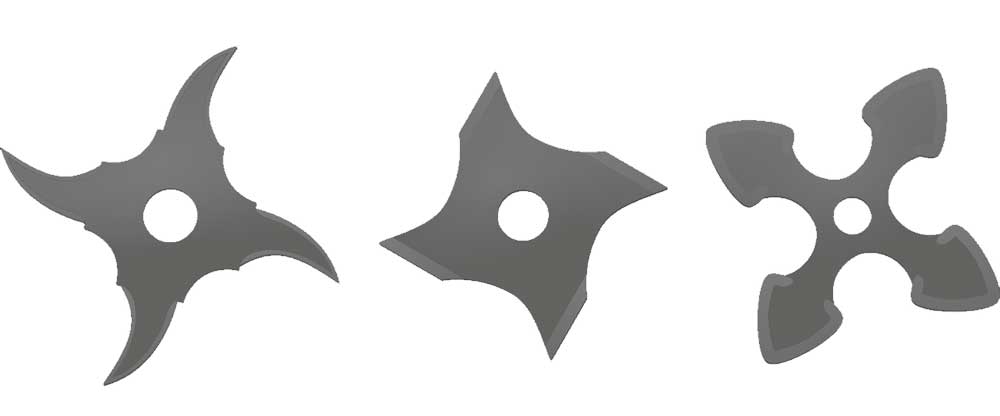
手裏剣は ninja star や throwing star で十分通じるほど有名ですが、敢えて説明するならば以下のような表現があります。
sharp-ended metal weapon for throwing end-over-end at the enemy
(先の尖った金属製の武器で、投げるとくるくる回って敵を攻撃する)
sharp throwing blade, sometimes with multiple points, used as a weapon by ninja
(忍者の武器で、ときに複数の突起をもつ鋭い投げ刃)
A shuriken is a handheld-bladed weapon designed for throwing.
(手のひらに乗る大きさの刃の武器で、投げることができるように設計されています。)
A shuriken, literally translates as “behind-the-hand knife,” is a small star-shaped weapon that is easily thrown like a knife.
(手裏剣は、ナイフのように簡単に投げられる、星のかたちをした武器です。)
くない / 苦無 / Kunai
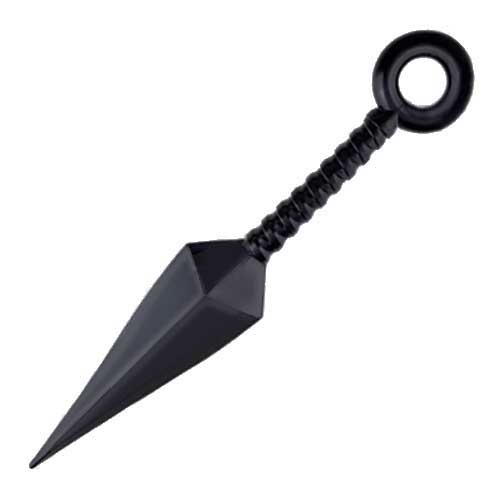
Kunai is a small dagger, and its shape is like a wedge.
(苦無は小さな短剣で、くさびのような形をしています。)
One side is a knife across the grip, and the other end is a round hole.
(片側はナイフで、持ち手があり、もう片方の先端には丸い穴がついています。)
The ninja holds the “kunai” with one hand and stabs an enemy, or he swings it around by putting the rope through the ring.
(忍者は苦無を片手で持って敵を突き刺したり、穴に縄を通して振り回したりします。)
鎖鎌・忍鎌 / Kusari-gama
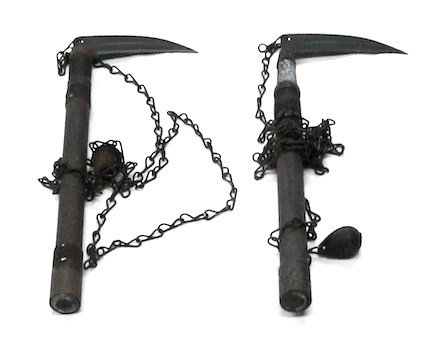
“Kusarigama” is a weapon that consists of a sickle and a heavy weight attached to a metal chain.
(鎖鎌は、鎌と重りの付いた鎖でできた日本の武器です。)
Ningama is a sickle with a chain connecting a weight to attack enemies at a distance using centrifugal force.
(忍鎌は重りの付いた鎖でつないだ鎌で、遠心力を使って遠くの敵を攻撃します。)
忍者屋敷 / House of ninja
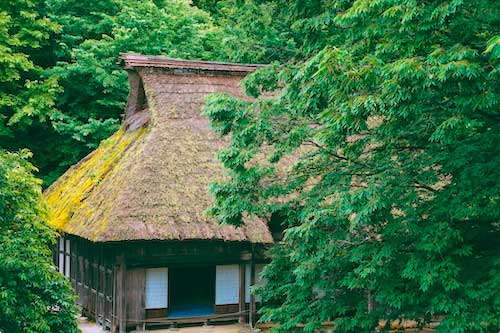
忍者屋敷には、敵を殺傷するための落とし穴や隠れるためのどんでん返しなどがありました。
There were many tricks and traps in the house of a ninja.
(忍者屋敷には色々な仕掛けや罠がありました。)
- 落とし穴:pitfall
- 隠しはしご:hidden ladder
- どんでん返し:revolving/reversing wall
- 抜け道:secret passage
- 刀隠し:hiding place for swords
Groups of ninjas settled in secluded mountain villages.
(忍者集団は人里離れた山の村に住んでいました。)
The outward appearance of their house was quite similar to that of an ordinary thatched farmhouse, but it was very cunningly designed.
(忍者屋敷の外観は、普通のわらぶき屋根の農家の家とよく似ていましたが、非常に巧妙に設計されていました。)
Above all, a ninja was a secret agent, so he was always in danger of having his house raided suddenly by his enemies.
(何より、忍者は諜報員ですから、常に敵から自宅を突然襲われる危険があったのです。)
Ninja House had various tricks and traps, such as revolving walls, pitfalls, a hidden staircase, and a secret passage.
(忍者屋敷には、回転する壁、落とし穴、隠し階段、秘密の通路など、様々な仕掛けや罠がありました。)
手裏剣の折り方 / Origami throwing star
折り紙の手裏剣を英語で説明するときの手順です。
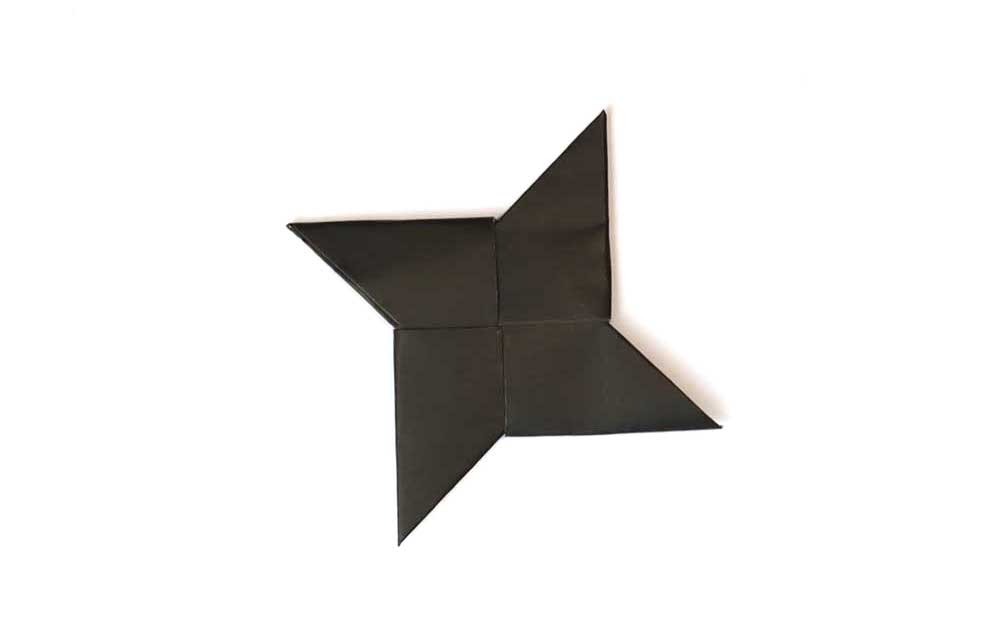
Make an origami ninja star with two square pieces of paper.
(2枚の正方形の紙で手裏剣をつくります。)
You can also start with one square and cut it in half to get two strips.
(1枚からでも作れますが、その場合は半分に切ってください。)
1. Fold them into quarters along the dotted line.
(点線に沿って4分の1に折ります。)
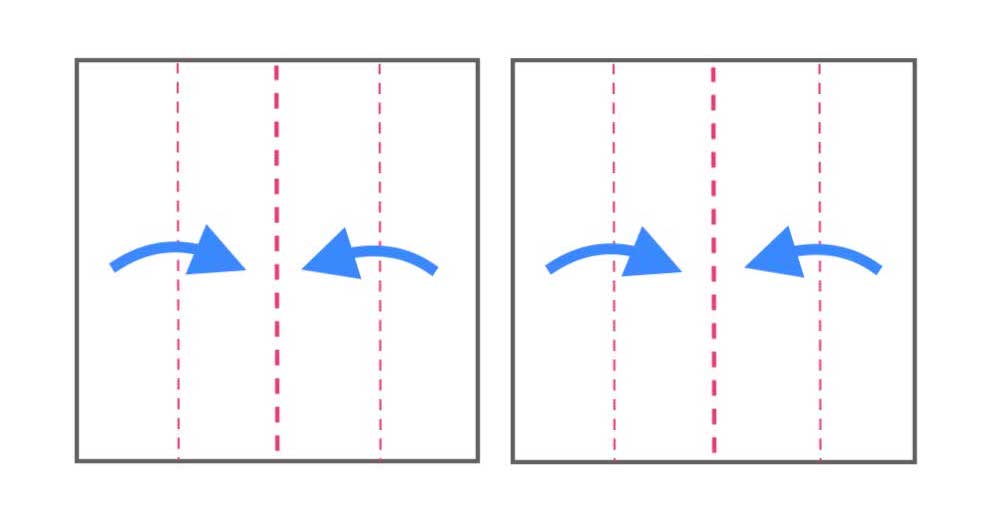
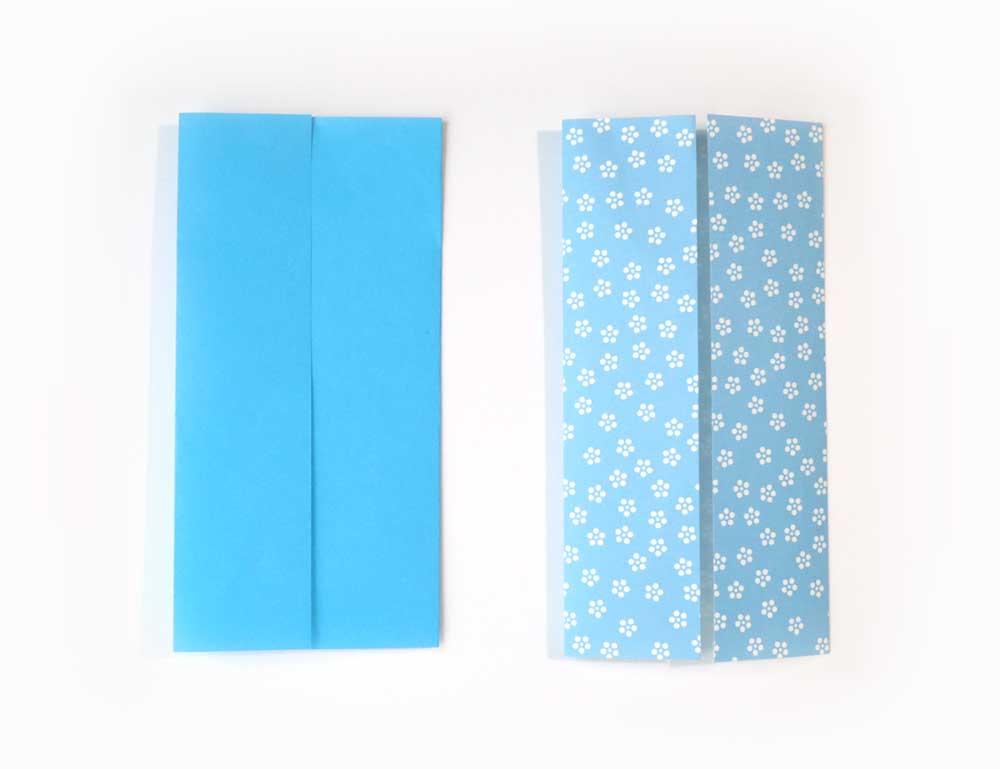
2. Fold in half again.
(もう一度半分に折ります。)
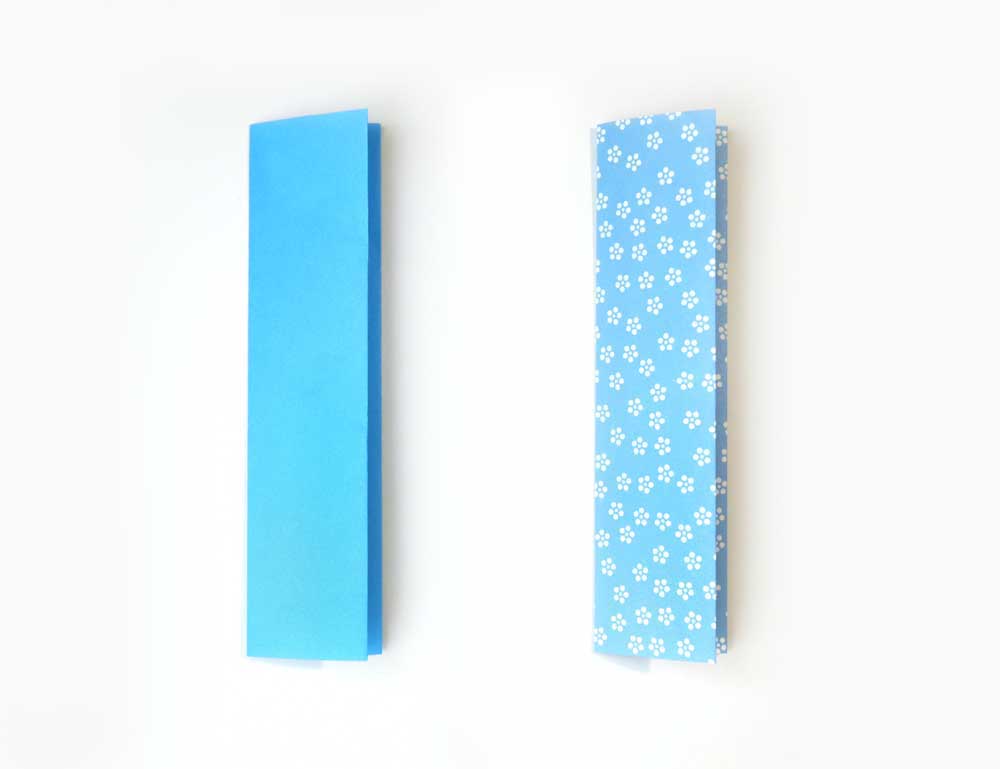
3. Fold in the dotted line.
(点線に沿って折ります。)
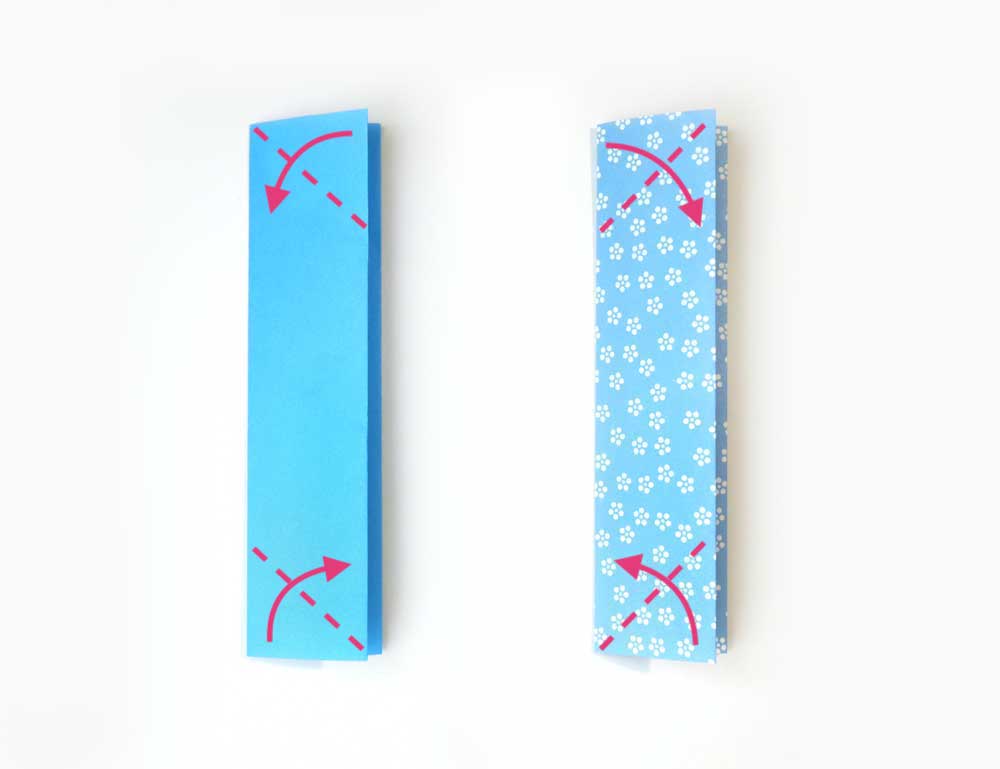
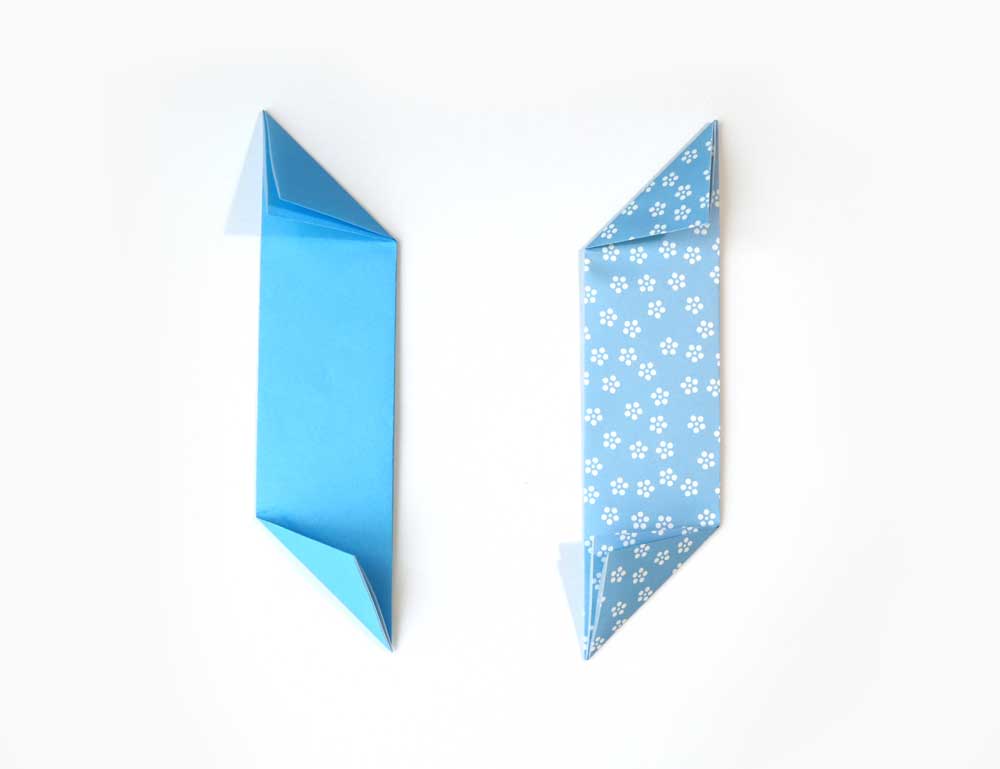
4. Fold in dotted line.
(点線に沿って折ります。)
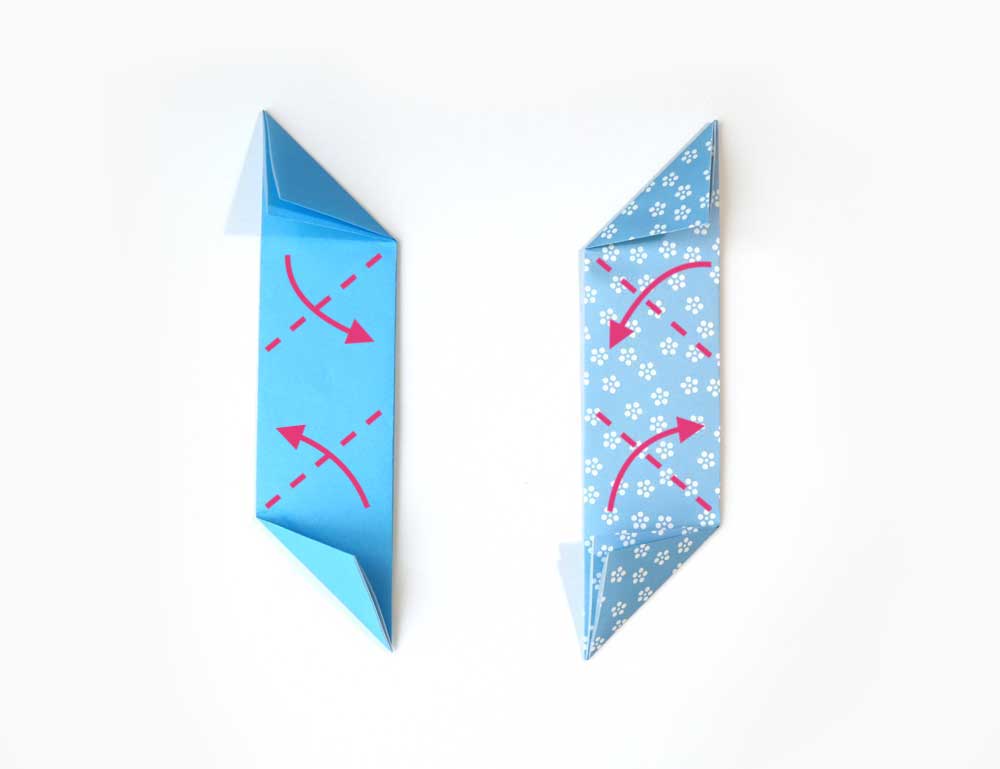
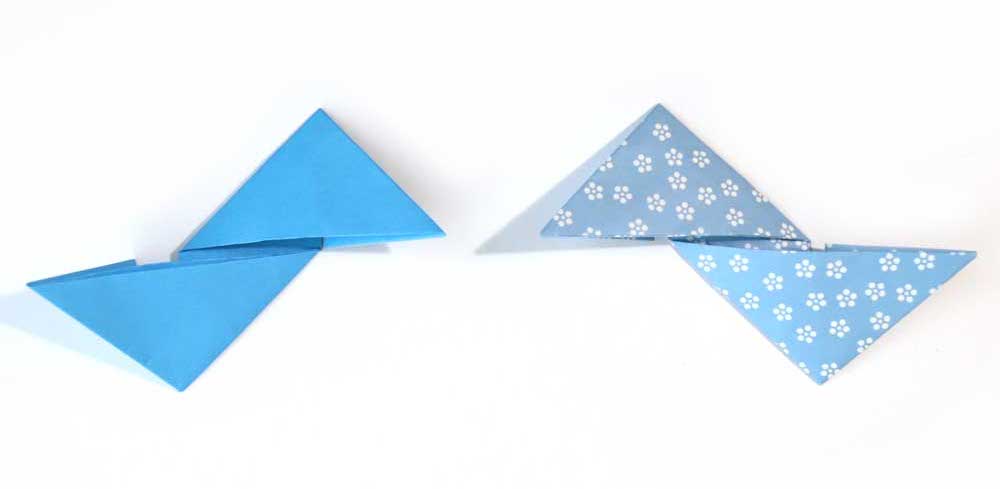
5. Turn over them and lay the figure on the other one as shown.
(裏返して、図のように重ねます。)
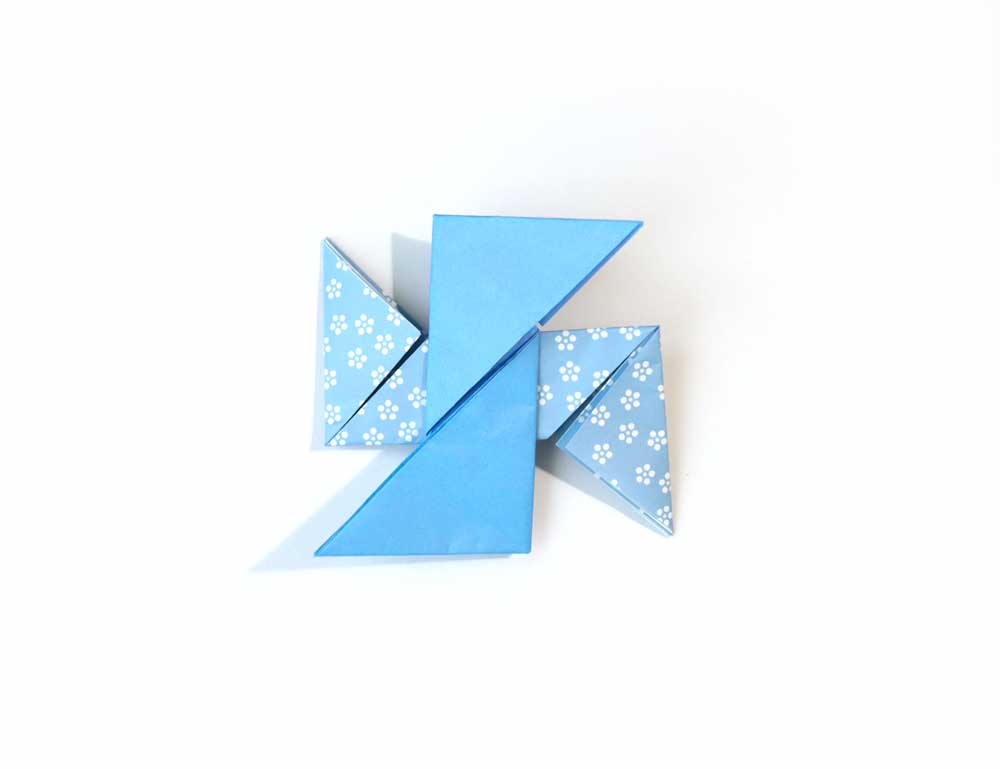
6. Insert the corners into the pocket.
(角を隙間に差し込みます。)
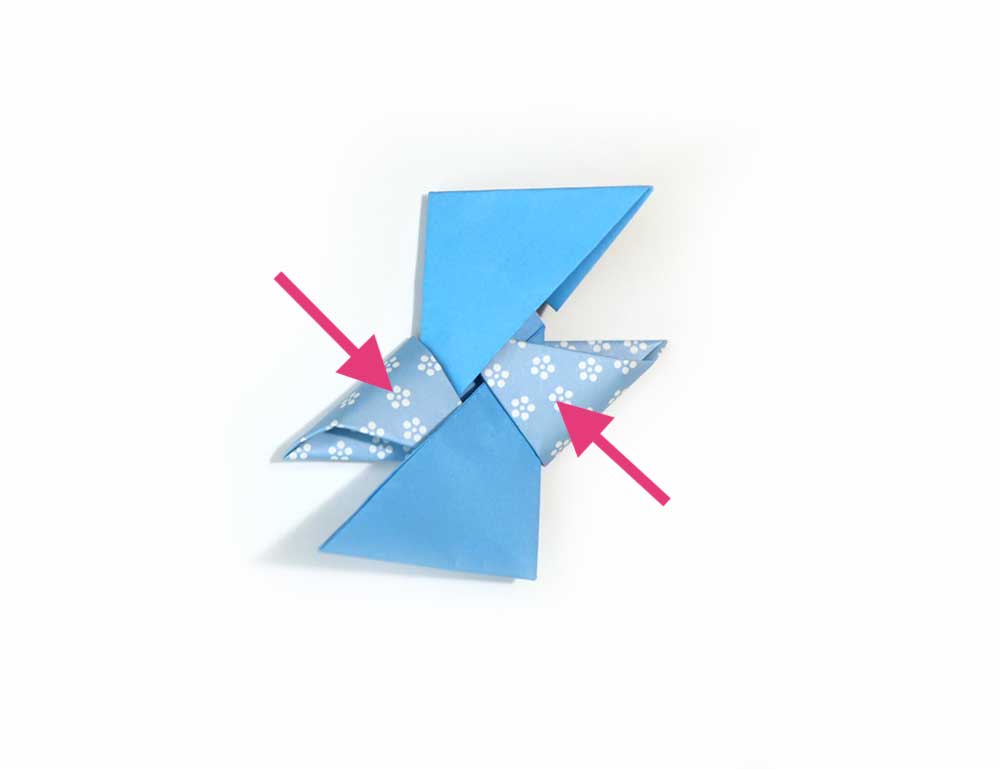
7. Repeat the process on the other side.
(反対側も同様にします。)
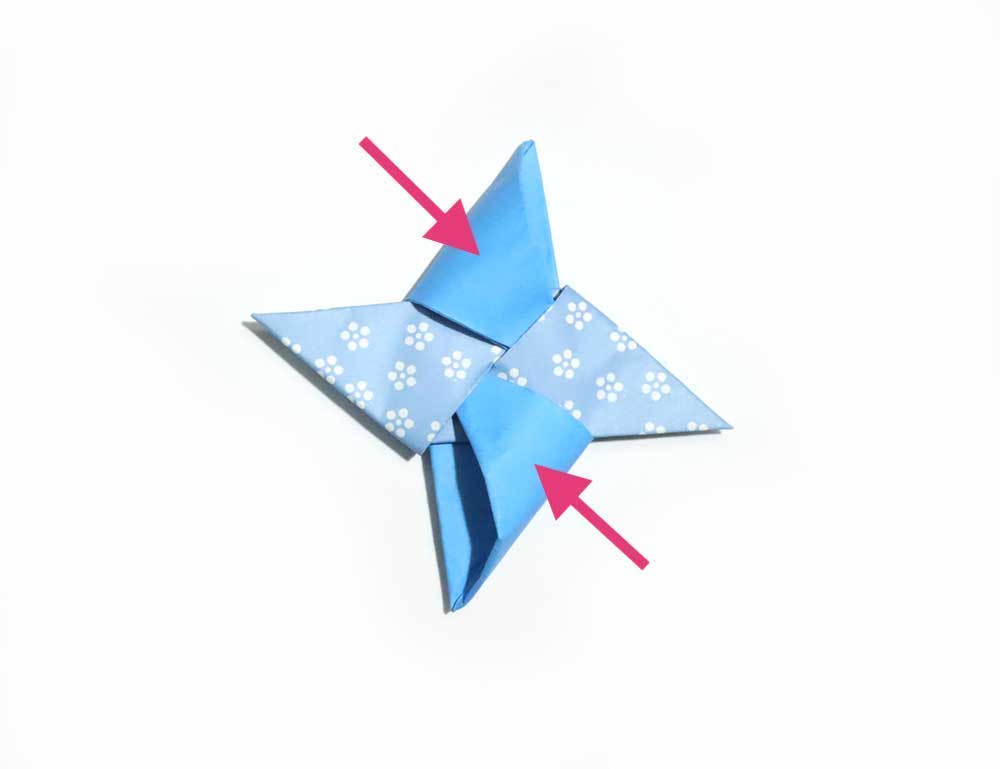
8. Completed!
(完成です。)
